14 Common Cooking Terms You're Probably Using Wrong
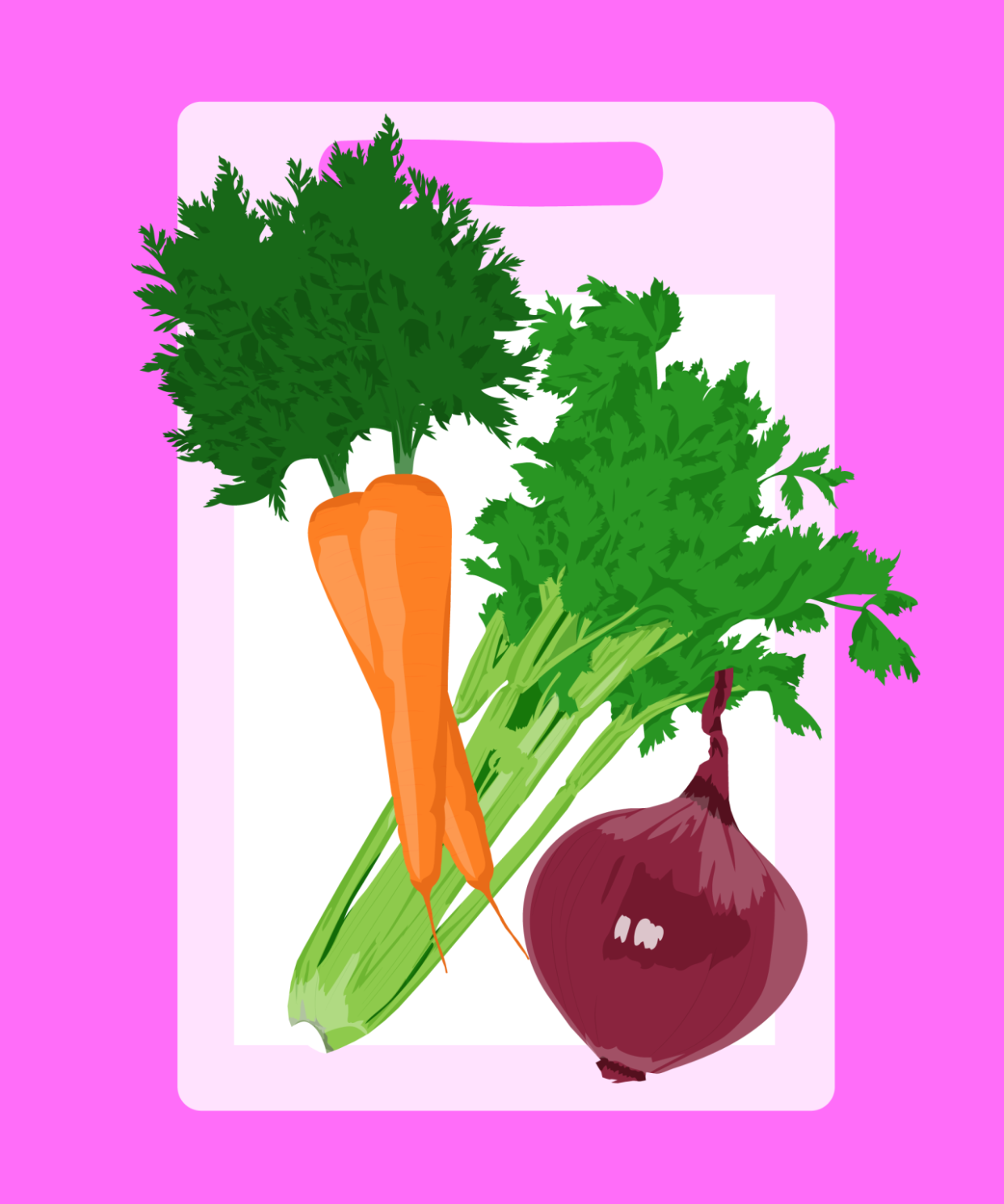
Cooking is stressful enough as it is. We hate when we get halfway through a recipe and realize we have no fucking clue what it actually means to sauté onions, blanch veggies, or bring something to a “rolling” boil. The thing is, industry food terms and cookbook jargon often sound a lot scarier than they actually are. (This might just have a little something to do with the fact that a lot of them are in French.) Either way, we are officially setting the record straight with simple definitions for some of the most frightening cooking terms out there.
Bring it on, fancy chef lingo! Next time we see the phrase “en papillote,” we’re not even going to balk.
Related: 5-Ingredient, $5 Thanksgiving Sides
1. Mirepoix
It might sound like a famous painting style, but mirepoix simply refers to the base ingredients found in specific food cultures’ cooking. In Italy and France many dishes start with a base of celery, carrots, and onion.
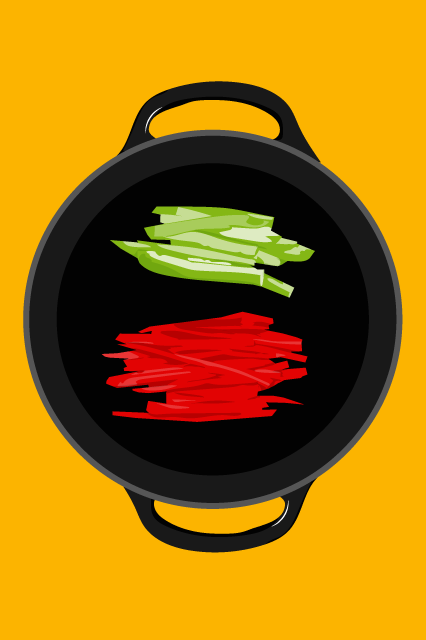
2. Sauté
The difference between sautéing and frying can be confusing. But, try to think of sautéing as the less intense version. You’re still cooking the veggies or onions or whatever the ingredient might be in a pan with fat or oil, but it’s a much smaller amount. (The oil should just coat the pan instead of the ingredients getting cooked by swimming in a pot of boiling oil.)
Related: Do You REALLY Know Where Your Food Is Coming From?
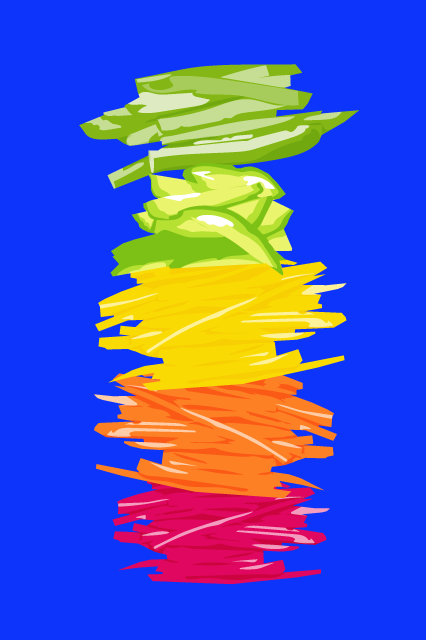
3. Julienne
When a recipe calls for a julienne, don’t panic! Julienne is just a fancy word for matchsticks. This simply means cutting your veggies into thin, uniform strips (as rectangular as possible). Cutting everything into a uniform size helps your veggies cook more evenly and makes your final dish look extra pretty.

4. Braise
When it comes to cooking meat we usually stick to “bake” or “cook in the pan,” but braising is just cooking your meat in liquid typically over low heat or in a slightly lower temp oven for a long period of time. Heard of the phrase “low and slow” when it comes to cooking? That’s probably referring to braising, which is totally worth it because its result is meat that’s extra juicy and tender.
Related: 4 Brunch Hacks That Will Save You Time & Money
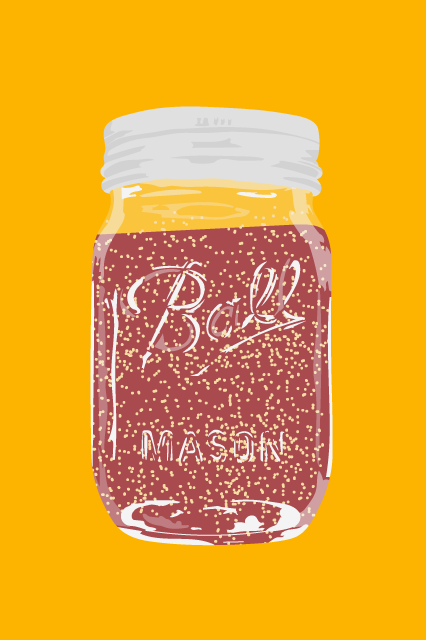
5. Coulis
Desserts always look super high-brow on restaurant menus when they are served “with a coulis,” but it’s just a sauce made with pureed fruits or vegetables and then sometimes strained. Yep, it’s that simple!

6. Deglaze
Deglazing isn’t nearly as intimidating as it might seem. It really just means using a liquid to capture flavor that is stuck to the bottom of your pan. When you’re cooking meat, caramelized bits (that are delicious) become attached to the bottom of the pan. If you pour in a little wine, or stock, or other liquid into the hot pan you can “deglaze” it and capture all that extra flavor.
Related: 6 Scary-Good Punches For Halloween

7. Blanch
Blanching means to cook something really quickly. If you’re blanching veggies you usually cook them in boiling water for only a couple minutes, which helps to remove any bitter flavor. Then, you typically “shock” the vegetable (by removing it from the heat and placing it in ice water), which immediately stops it from cooking, effectively preserving a bright and beautiful version of its natural color.

8. Rolling Boil
When you bring a pot of water to a boil, it means the water in the pot is bubbling, but simmering versus boiling versus a rolling boil can get confusing. Simmering refers to cooking something on a low heat that is still hot enough to keep small bubbles coming up to the top of the liquid; large bubbles shouldn’t be surfacing in the pot. A rolling boil is the opposite. You want to be cooking over a medium to high fire that eventually creates large, rapid-moving bubbles across the entire pot.
Related: Easy DIY Smoothie Recipes Every 20-Something Should Know

9. Dredge
No dredge isn’t a negative term for describing our food. It simply means to coat your ingredients (often meat) before you cook them. Making chicken fingers? First you dip the chicken pieces in an egg mixture, and then coat with a seasoned flour mixture to evenly coat the chicken with an exterior layer before cooking. This often helps to trap moisture inside the meat, making for a juicier bite.
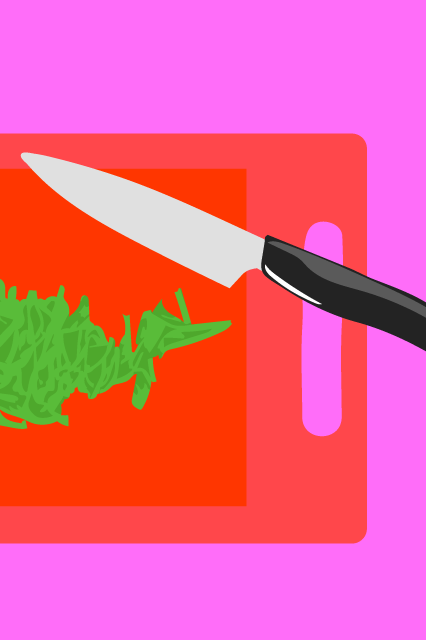
10. Chiffonade
Another French chopping term, a chiffonade refers to ingredients that are chopped into thin strips. You might be thinking, Wait, but what makes this different from a julienne?! A chiffonade is used with herbs or leafy veggies that are first rolled, which makes cutting them way easier and results in beautiful-looking strips. See here for a step-by-step tutorial.
Related: How Organic Farms Are Killing Themselves
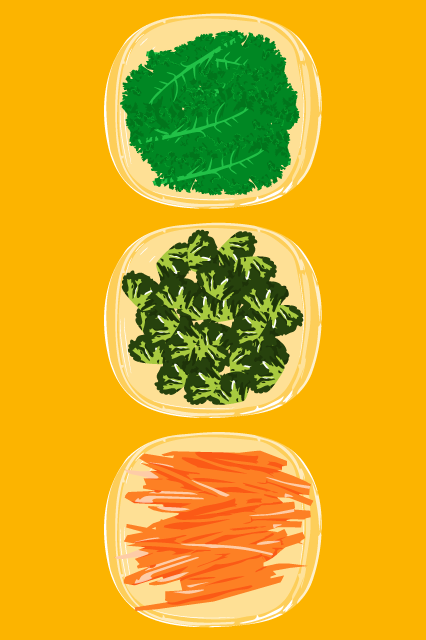
11. Mise En Place
If you’ve ever watched a cooking show, you’ve probably heard a host refer to her “mise en place.” Mise en place just means that you’ve prepped all your ingredients and organized them in advance so that you’ve got everything ready to go when you start cooking. Despite the elaborate name, it is actually much easier if you’ve got all your elements pre-chopped and laid out before you tackle a recipe.

12. Roux
In addition to being the name of Katniss Everdeen’s friend in the Hunger Games a roux is a thickening agent that you add to a recipe to change the texture of a sauce or give something a stew-like consistency. A classic roux means you’re adding flour to fat of some sort (often butter.) The ingredients are cooked together in a pan until you can no longer taste the flour, and the roux is then added to a soup or sauce to thicken it up or alter the flavor.
Related: The Shocking Truth Behind Scary Movie Special Effects
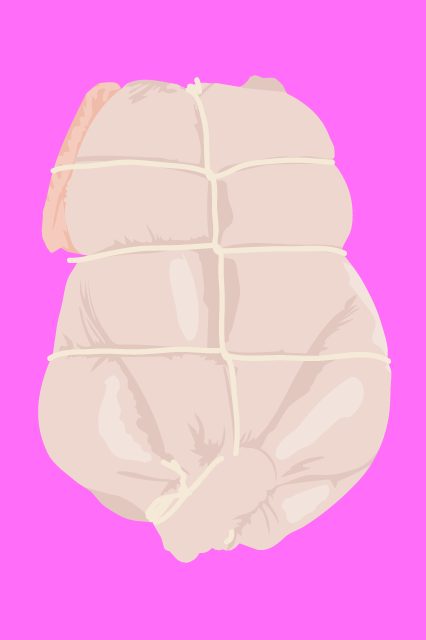
13. Truss
Trussing or dressing a chicken or other type of poultry refers to neatly tying string around the meat to help it cook evenly. But, it also makes the bird look a certain way for presentation’s sake. There’s been some debate over whether or not it actually helps the bird cook evenly or if the whole process is just for show.
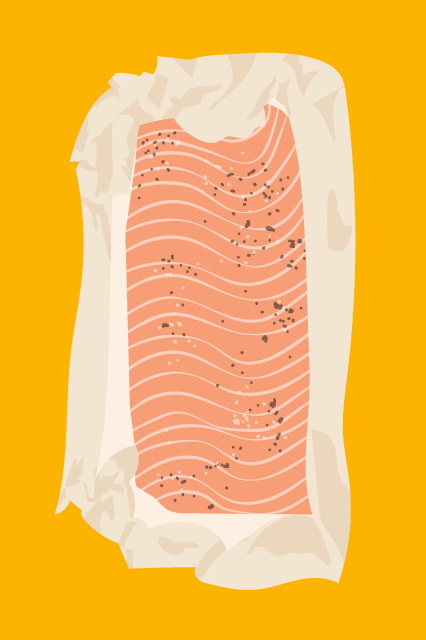
14. En Papillote
This fancy-sounding French term is actually one of the easiest cooking methods out there. It means to cook something in paper or parchment, which is a great way to prepare fish or meat. Not only does it help you lock in flavor and moisture, but cooking in disposable parchment paper also means NO DISHES.
By Zoe Bain
Related: These 5-Ingredient Soups Can Be Made In 20 Minutes

